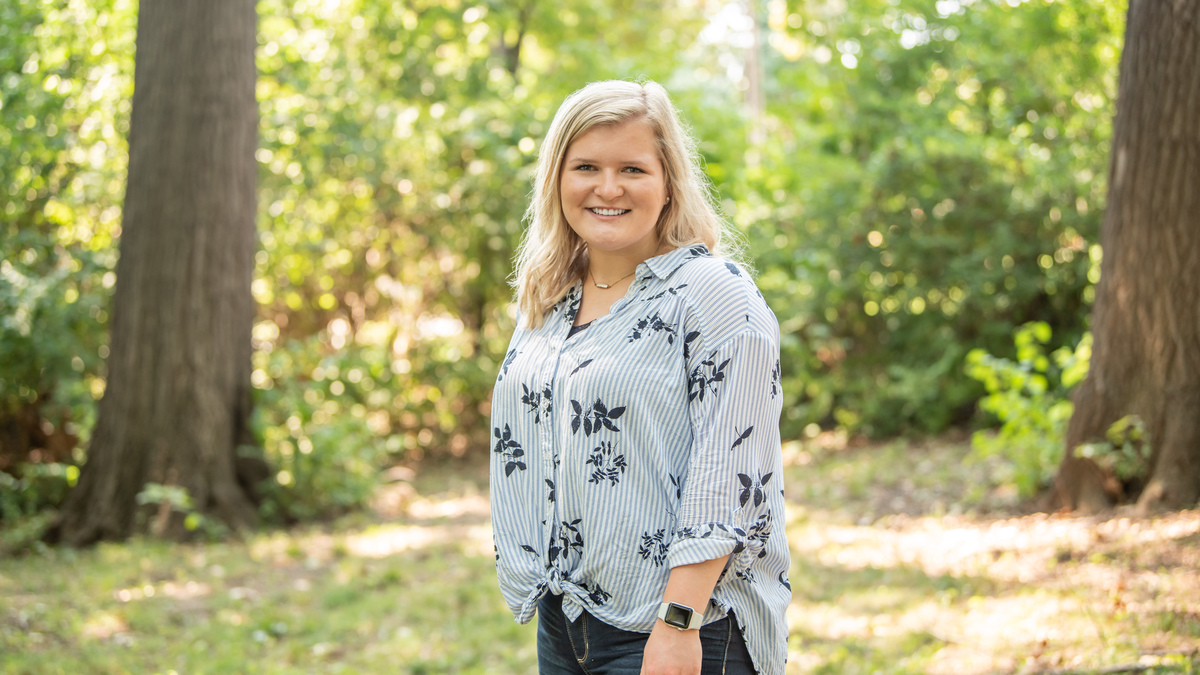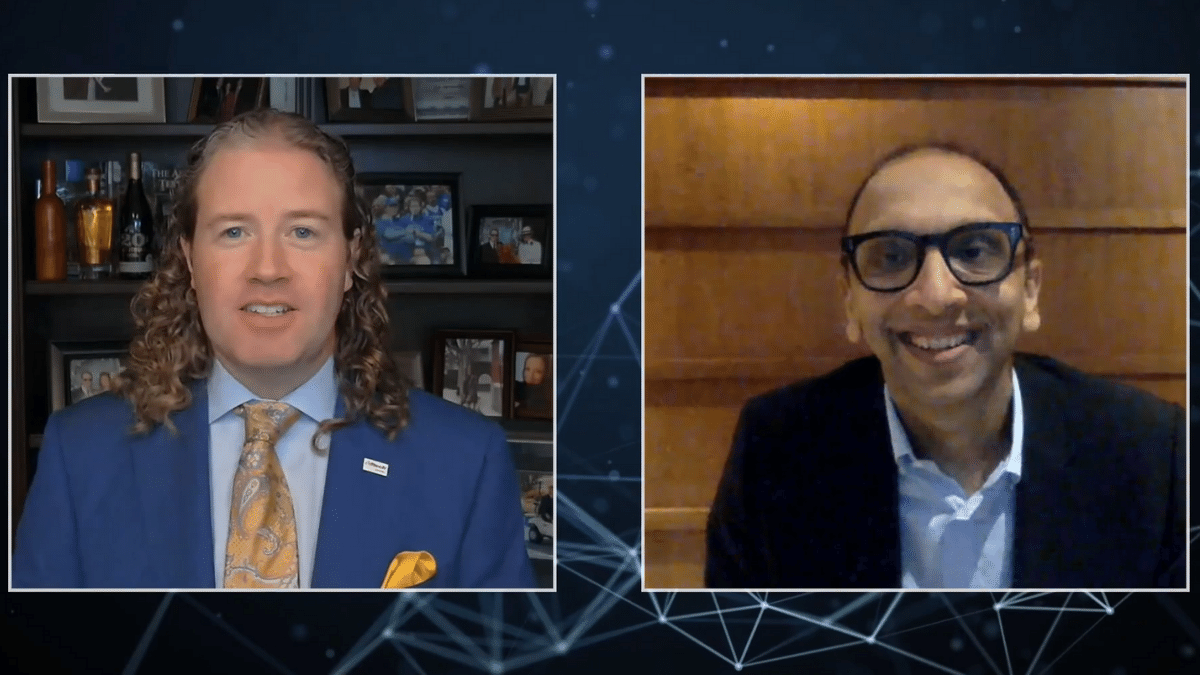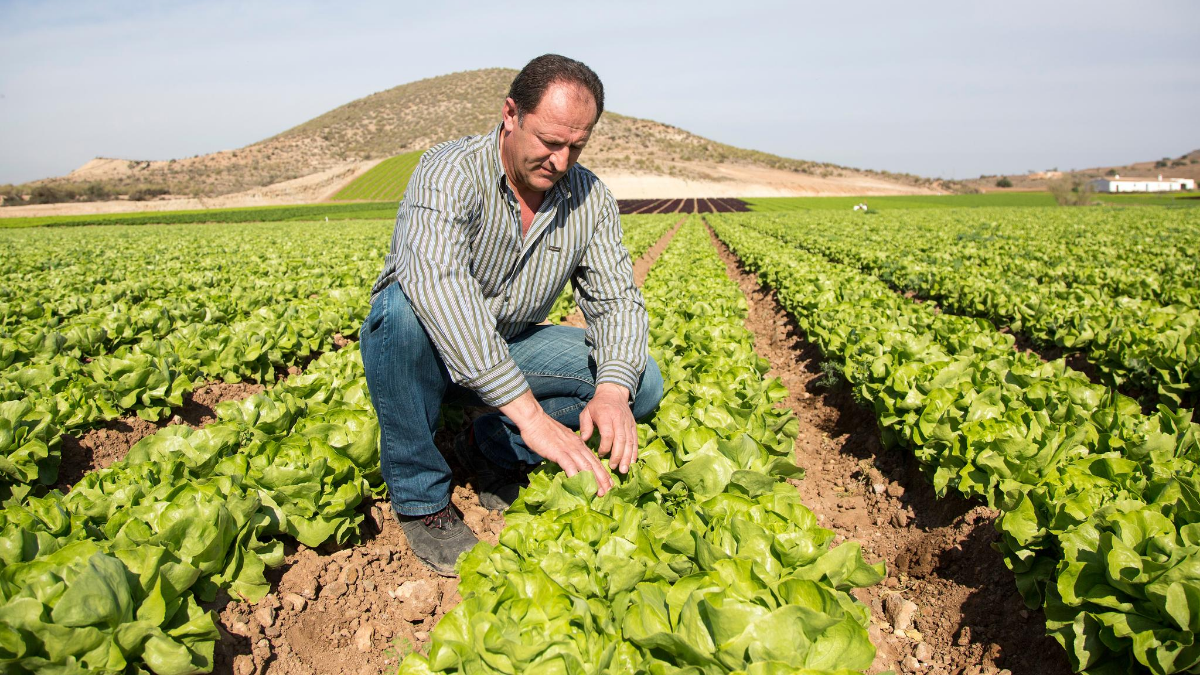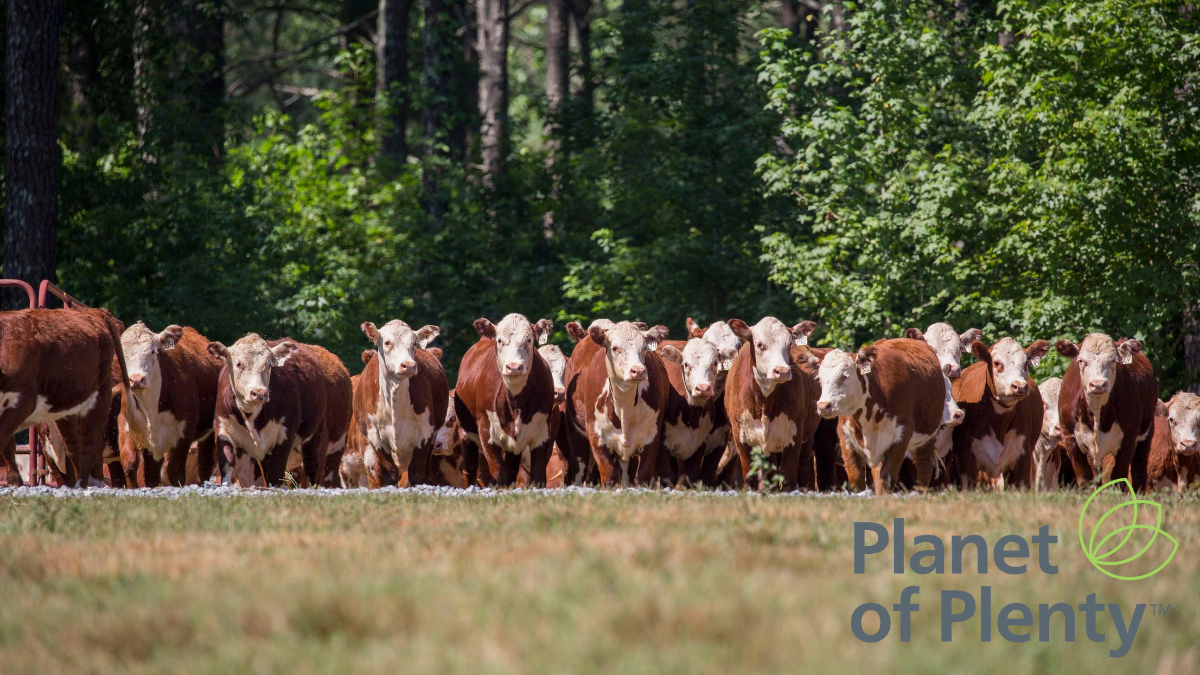Michael Boccadoro – Methane Reductions for more Sustainable Dairy
How can the dairy industry reduce its environmental hoofprint? Michael Boccadoro, executive director of Dairy Cares and president of West Coast Advisors, explains how California is leading the world in reducing methane emissions from cattle and how other regions can adopt new dairy technologies and practices for more sustainable production.
The following is an edited transcript of the Ag Future podcast episode with Michael Boccadoro hosted by Tom Martin. Click below to hear the full audio.
Tom: Greetings! I’m Tom Martin, and joining us from Sacramento, California, is Michael Boccadoro, executive director of Dairy Cares and president of West Coast Advisors. Hello, Michael.
Michael: Good morning.
Tom: So, let’s begin by talking about your presentation at ONE: The Alltech Ideas Conference, “Reducing the environmental hoofprint of dairy farming.” You talked about the ways California dairy farmers and their families are leading the world in planet-smart farm practices.
And so, first, if you would, give us some perspective: Where does California fit among contributors to global greenhouse gases?
Michael: California contributes, globally, about 1% of all greenhouse gases in the environment.
Tom: And then, what proportion of California’s total emissions come from farming, from agriculture?
Michael: Just 8% of California’s emissions. Most of the emissions are coming from fossil fuel use, electricity production, industrial, and the big elephant in the room is transportation in California; that accounts for only about half of all greenhouse gases in the state.
Tom: And then, breaking it on down further, how much of (the) farming share of California’s greenhouse gas emissions come from cattle?
Michael: About 78% come from cattle, 13% from crops, and about 8% from agricultural fuel use.
Tom: So, cattle. Methane. Why is methane such an important emission to keep watch on?
Michael: For a couple of reasons, right? Methane is an important greenhouse gas because it’s a short-lived climate pollutant, and we’ll talk about that. Methane breaks down in the environment after 10 to 12 years, compared to carbon dioxide, the leading greenhouse gas in the environment, which can last as hundreds of years — and some people say as long as a thousand years.
The other reason why methane is important is it’s more potent than CO2, carbon dioxide. It’s 24 to 28 times more potent, which means a little bit of methane goes a long way.
But even when you account for that increased potency, as you had already asked the question and I’ve already answered, it’s still only a small fraction of the total greenhouse gases here in California and, for that matter, across the United States.
Tom: Why would reducing methane emissions produce results faster than reducing CO2?
Michael: For that simple reason: It’s a short-lived climate pollutant, because it leaves the environment on its own after 10 to 12 years. And this is a really critical point: Carbon dioxide accumulates in the environment. So, every year, as we add additional carbon dioxide, it’s like adding an additional blanket to the world, to the globe, and we’re increasing global warming as a result.
With methane, after 10 to 12 years, as you add a blanket of additional methane, the blanket from 12 years ago comes out of the equation, or out of the environment. So, you’re not accumulating methane the same way we accumulate carbon dioxide.
And so, by reducing methane in the short term, we can actually achieve something called climate cooling, not climate warming. You heard me right: climate cooling. Because if you reduce methane to compared to where you were 12 years ago, you’re actually accounting for less methane in the environment, in that twelfth year, than you were previously. You’re putting less in in the twelfth year than it’s coming out from 12 years ago. So, you’re actually cooling the climate a little bit. An amazing thought, when you really think about it.
Tom: Well, it is. And in 2016, the California legislature passed a bill that was aimed at reducing methane emissions (by) 40% by 2030. It’s a pretty tight time frame. So now, four years later, how is that going?
Michael: It’s a great question, and the California Air Resources Board is currently doing an assessment of the progress that’s being made toward that goal. And I think all indications point to the fact that the California dairy farm families have really stepped up and are doing a fantastic job.
And with the projects that are currently being built to reduce methane — these are digesters and what we call alternative manure management practices; things like solid separators, converting from a flush system to a scrape system and so forth — (with) all these projects combined, by 2023, 2024, (we) will achieve 25% of that 40% reduction that the state is looking for. So, we’re making good progress in just four short years. We’re on path to get to the 40% reduction by 2030.
Tom: You’ve mentioned that some people tend to misunderstand this legislation. What are they misunderstanding? What are they missing here?
Michael: The big misunderstanding about the legislation in California and the dairy industry were — to structure the legislation properly — is that this is not a regulatory approach. This is what we call an incentive-based approach to getting these voluntary methane reductions from the industry.
What I mean by that is the state is stepping up with a significant investment in terms of grants, in terms of programs to support the purchase of the energy and the fuel that’s being produced. And so, this incentive-based approach is leading to this significant reduction.
If the state had taken a hard regulatory approach — and many people were pushing, particularly from the environmental community, for that — it would actually have backfired on the state. And I give credit to the state regulators for realizing that. It would have backfired because it would have just pushed these dairies out of California, and pushed dairy production — because demand is not decreasing for dairy; it’s still increasing across the world. It would have pushed this production to other places, where they’re far less efficient than we are here in California, where the greenhouse gases produced per gallon of milk are much higher. And it would have backfired; it would have led to actual, significant — more methane and significantly more global warming, as a result, across the world.
Tom: At first, the energy that was being produced by these methane digesters was being supplied to the state’s grid. Has that changed? And how?
Michael: It has changed, and you’re correct. Many of our early projects were producing electricity using internal combustion engines on the dairies. Dairies were sometimes using some of that energy to energize their own projects on the farm, but most of it was being sold to the electricity grid, to the investors on utilities in California, who provide that power, then, to the ultimate consumers. And we’re transitioning away from that.
All the projects being built in the last few years — and this is true in California, (and) I think it’s true across the United States as well. And we’re transitioning to producing renewal natural gas, and basically, that gas can then be utilized in the transportation sector to replace diesel fuel in heavy-duty trucks. And so, you not only get the methane reduction on the dairy, but we’re actually reducing the use of fossil fuels for transportation, and you get substantial benefits from that. So, we’re seeing a lot more renewable natural gas trucks come online in California and, I think, to some degree, across the U.S. as well.
But it has provided a new halfway for us to be able to generate even more revenue for these projects, which is important — to keep this, you know, sustainable from an economic standpoint as well as an environmental standpoint. So, it’s providing the revenues that the farmers need to be able to make the decisions to put these investments in. And so, it really is making this program work a lot better.
Tom: Michael, we’ve been focusing on methane here, but I’m wondering: What other pollutants are being reduced?
Michael: That’s also a great question. And so, when you look across the board with these California digesters, you’re looking at significant reductions in what we call criteria pollutants. So, these are the air pollutants that cause, basically, smog in California.
And most of our dairies are located in the San Joaquin Valley in California, and that’s an area of the country — not just the state, but an area of the country — with some of the worst air quality around. And so, there, reductions are immensely important.
But we’re seeing reductions in nitrous oxide, or nox. Also, organic compounds — ammonia, hydrogen sulfide — and we’re seeing some water quality benefits from this project as well. So, from an environmental performance standpoint, they’re fantastic for the state, and on the criteria standpoint, (they’re) very important as well.
But once we move the gas into the transportation sector, it really allows us to get the air quality benefits at a much cleaner burning fuel than diesel in those heavy-duty trucks. And that’s where you get your nitrous oxide reductions, and that’s where you get your particulate matter, or soot, from diesel engines reduced greatly.
Tom: Any additional steps or practices underway to reduce farm emissions in California?
Michael: Yeah. We’ve got another program — digesters are the primary program, but we have another program called the Alternative Manure Management Program that’s also funded by our California Department of Food and Agriculture with grant funding.
And basically, you know, the concept there — (the) concept of the digesters is to capture methane that’s being produced. The concept with this alternative manure management practices is to prevent methane from being produced in the first place. And so, they’re all geared around the concept of keeping manure outside of those anaerobic conditions that occur when we store manure in a lagoon so that we can use it for fertilizer later in the growing season. And these practices include things such as solid separators, compost pack barns, converting from a flush system to either a scrape system or a vacuum system. Keeping the manure in a much more dry form allows for much less methane production.
And so, those programs are also being implemented. We’re seeing that on some of the smaller dairies, in particular, in California, and the larger dairies are tending to move towards the digesters. They make a lot more economic sense, purely from an economic standpoint.
Tom: I have to believe that, as these technologies and programs are introduced, deployed, implemented, that there is a great learning opportunity going on here. What would you say has been learned so far from all of this work?
Michael: I think we’ve learned a couple of things, and we’re still learning. Believe me, these projects are not easy to implement. I think the most important thing we’re learning is that digesters and these other programs work very well. We’re learning that the incentive-based approach works very well.
And I think if you, you know, hopefully carry forward what California is doing, it’s critically important. I think, from a global standpoint, we’re also gaining a better understanding that it’s really important for other countries to come up with ways to stabilize their methane, and the best way to do that is through production efficiency.
And California and the U.S. (are) very efficient in terms of production. We produce far more milk with far fewer cows, and if we can get the rest of the world to follow our lead on efficiency alone — not even talking about all these other additional things California dairies are doing — but if we could just bring the rest of the world up to our level of efficiency, we’d achieve — and this was recently calculated by one of our researchers at the University of California — we would achieve a 1.72% reduction in global greenhouse gases. And that’s huge.
If you go back to what we started with in this conversation, we talked about how California accounted for just 1% of all global greenhouse gases. So, this 1.72% reduction that can be achieved just by bringing the rest of the world’s dairy production up to the same level as California, it’s amazing. It’s almost twice as important as California getting to net-zero carbon.
So, it can’t be understated that we’re learning a lot here in the state, and we need to extrapolate that and move that beyond our borders, beyond the U.S., beyond North America, and into the rest of the world.
Tom: So, it sounds as though California is something of a model for the rest of the country — the rest of the world, for that matter. And where can the rest of the world go to get more information about what California is doing to reduce greenhouse gases?
Michael: A good place to start is our website, at www.dairycares.com, and that will lead you to a lot of other important websites in California. I think another place to go is University of California-Davis and the Clear Center that is run by Dr. Frank Mitloehner, also known as the “GHG Guru.” And he’s got a lot of wonderful information about all these issues on his website as well.
Tom: This has little to do with methane, but it’s a question we have to ask you in these times. How have the coronavirus pandemic and COVID-19 affected dairy production?
Michael: It was a huge challenge, but you know, farmers are very good at adapting. And I think the challenge initially was one of distribution, right? We went from, you know, a significant amount of dairy sales that are done through restaurants, and that changed almost overnight when restaurants were closed and schools were closed.
And so, we saw a lot of our normal channels of distribution for dairy products immediately shut down. Grocery stores became much more important in terms of sales. And I think there was just a distribution lag there for a couple of months while, you know, these channels of distribution were being figured out, needing many more trucks to get product to grocery stores and far fewer trucks needed for getting product into restaurants and schools and the other venues. So, that was probably the biggest challenge.
I think, for the rest, the dairy industry has really adapted quite well. You know, we got a few minor outbreaks in some of the plants, but for the most part, I think we’ve come through this about as well as can be expected. It’s been a challenge, without a doubt, and difficult, without a doubt. And farmers are very resilient, and they adapt, and the industry adapted to a very significant challenge here.
Tom: Michael, as you keep watch on the trends and track the data, what would you say lies ahead for the future of dairy?
Michael: I think the future is very bright. We’re seeing some clear changes from consumers. There’s a lot of competition in beverage markets, as we all know, so we’ve seen declining milk sales, and that may or may not continue as we move forward.
But more has been picked up on the other end, with butter, cheese, yogurt and other commodities that are also very important to consumers. And so, I think, moving forward, it’s really important, because consumers are looking beyond nutrition; they’re looking beyond food safety. They’re looking at the environmental performance of the products that they purchase, the food products that they purchase.
And it’s going to be really important for the dairy industry to continue producing more with less — with less water, less energy, fewer fossil fuels — and make every glass of milk more sustainable. That’s going to be the key, I think, to maintaining the growth that the dairy industry is still seeing and dairy production is still seeing in a world like this.
Tom: Michael Boccadoro, executive director of Dairy Cares and president of West Coast Advisors. Thanks for joining us, Michael.
Michael: My pleasure. Thanks for the opportunity.
- Read more about Michael Boccadoro – Methane Reductions for more Sustainable Dairy
- Log in to post comments
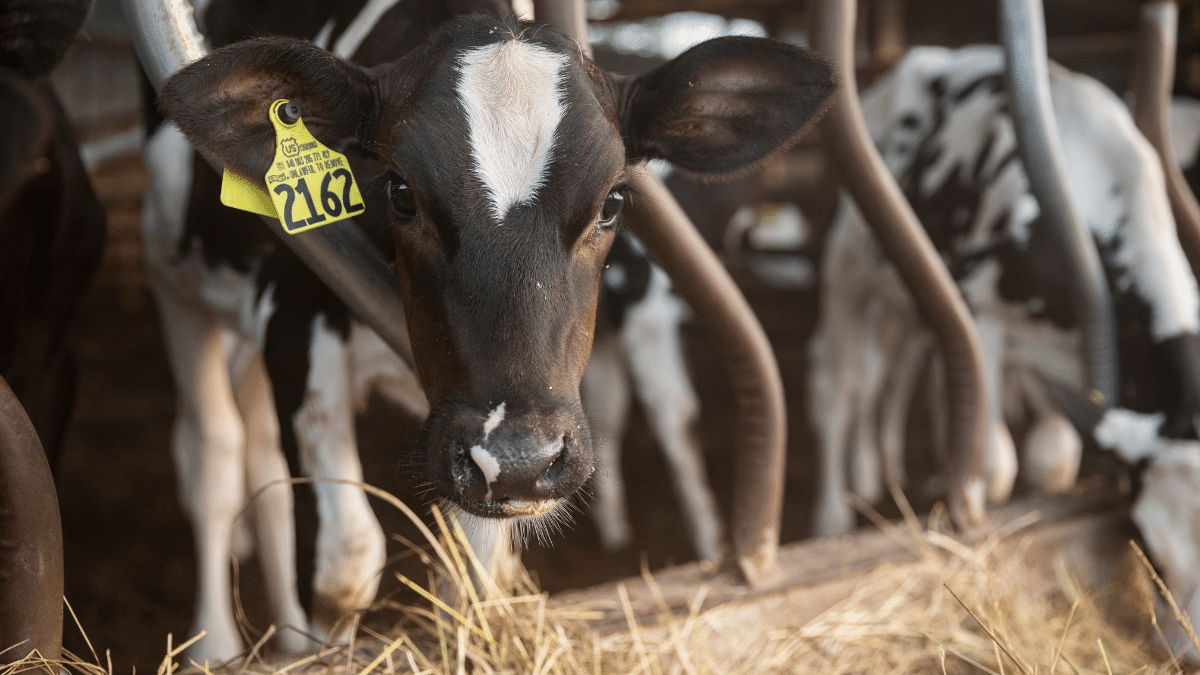
In 2016, California legislature passed a bill aimed at reducing methane emissions 40% by 2030. Michael Boccadoro believes the state is on the right path to this goal.













